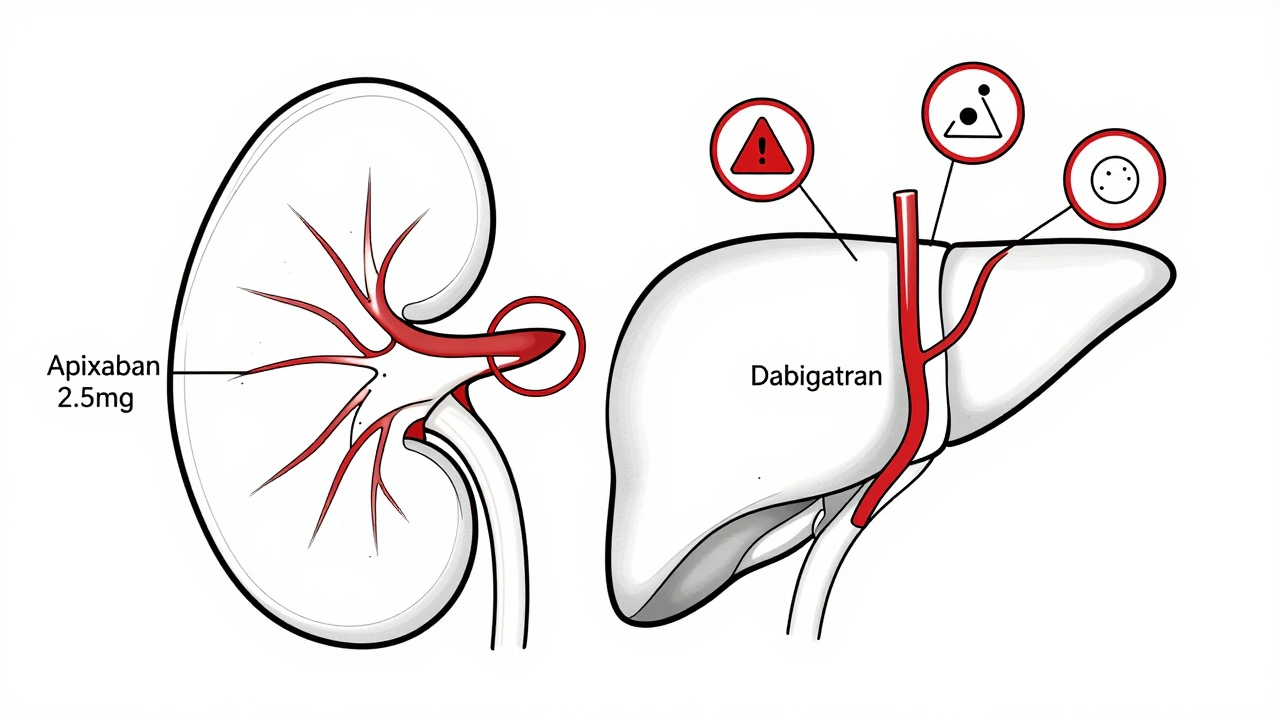Kidney Disease: What It Is, Signs to Watch, and How to Take Care of Your Kidneys
If you’ve ever heard the phrase “kidney trouble” and wondered what it really means, you’re not alone. Kidney disease covers a range of problems that affect how well your kidneys filter waste and balance fluids. It can show up slowly, so spotting early signs makes a big difference.
What Is Kidney Disease?
Simply put, kidney disease is any condition that harms the tiny filters inside your kidneys. These filters—called nephrons—clean blood, remove extra fluid, and keep electrolytes in check. When they’re damaged, waste builds up, swelling can appear, and you might feel more tired than usual.
There are two main buckets: acute kidney injury (AKI), which hits suddenly and often reverses with treatment, and chronic kidney disease (CKD), a slow‑moving decline that can lead to end‑stage renal failure. Common causes include high blood pressure, diabetes, repeated infections, and long‑term use of certain pain relievers.
Symptoms don’t always shout out loud. You might notice darker urine, swelling in the ankles or face, persistent fatigue, or a metallic taste in your mouth. Sometimes the only clue is a routine blood test showing high creatinine or low glomerular filtration rate (GFR).
Managing Kidney Health
The good news? Many steps to protect your kidneys are straightforward. First, keep blood pressure and sugar under control—your doctor can help you pick the right meds and diet plan. Cutting back on salty foods reduces fluid retention, while drinking enough water (but not too much) helps the kidneys flush out waste.
If you take over‑the‑counter painkillers like ibuprofen often, consider alternatives. NSAIDs can strain nephrons, especially if you already have reduced kidney function. Talk to your pharmacist about safer options for chronic aches.
Exercise isn’t just for the heart; it improves circulation and helps keep blood pressure in check. Aim for at least 30 minutes of moderate activity most days—walking, cycling, or even gardening counts.
Regular check‑ups are key. A simple blood test every year can catch rising creatinine early, letting you and your doctor tweak treatment before damage spreads. If you have diabetes or hypertension, more frequent monitoring may be needed.
When kidney disease progresses to a later stage, doctors might suggest dialysis or a transplant. Those options sound scary, but many patients live full lives with proper support. Early education about diet restrictions and fluid limits makes the transition smoother.
Bottom line: staying on top of blood pressure, sugar, medication use, and routine labs can keep kidney disease at bay or slow its march. If you notice any of the warning signs—swelling, changes in urine, unusual fatigue—schedule a visit. Your kidneys work quietly every day; giving them a little extra attention now pays off later.
Anticoagulation in Kidney and Liver Disease: What Doctors Really Do
Managing blood thinners in kidney and liver disease is complex. Apixaban may be safest in advanced kidney disease, but DOACs are risky in cirrhosis. Warfarin is unpredictable but reversible. The right choice depends on your organ function, not just the numbers.
read moreCoronary Artery Disease and Kidney Disease: Understanding the Link
As a blogger, I recently came across an intriguing topic - the link between coronary artery disease and kidney disease. I've discovered that these two conditions are closely connected, as kidney disease can increase the risk of developing coronary artery disease. This is primarily due to the buildup of waste products in the blood, leading to inflammation and damage to the blood vessels. Additionally, high blood pressure and diabetes, both risk factors for kidney disease, can also contribute to the development of coronary artery disease. It's crucial for us to understand this connection, as it emphasizes the importance of maintaining a healthy lifestyle for the well-being of both our heart and kidneys.
read more

